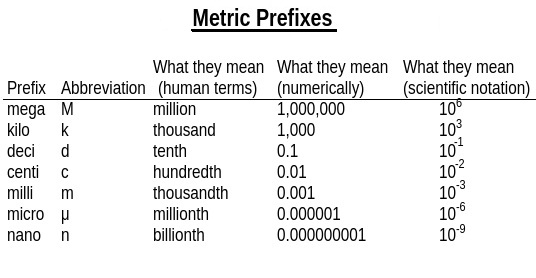Applied Mechanics
For example: Coolie moving luggage, Weighing balance, Pulley pulling bucket from well etc
For an engineer, applied mechanics has its own importance.
- It helps an engineer to design machines and structures by calculating all the forces acting on them.
- It also helps in constructing a structure fast and efficiently.
In every process of engineering one uses the concepts of mechanics to deal with forces known or unknown on the body.
Branches of applied mechanics
- Statics:
"Statics is the branch of applied mechanics that deals with the action of forces on body at rest or in uniform motion."
For example:
Table lying on the floor, Beams and columns(dead weight of the structure), vehicle moving at a constant speed with zero acceleration etc.
- Dynamics:
"Dynamics is the branch of applied mechanics that deals with the action of forces on body in motion (uniform or non- uniform). "
For Example:
Person moving on the floor, vehicle going over a bridge, Train moving over a railway track, working of a watch etc.
- Kinematics:
"Kinematics is the branch of science that deals with the forces acting on the body in motion without considering the force causing the motion."
For Example:
Freely falling body under gravity, relative velocities of two boats etc, projectile motion, horizontal motion etc.
Rigid Body
"A rigid body may be defined as a body which does not undergo any deformation in its shape or size on the application of forces."
In the real world there is no such body present because every body goes under deformation when a force is applied on the it. It can be neglected if the deformation is very small in magnitude.
Types of units
There are mainly two types of units
1. Fundamental unit:
Those units which are used to define or measure fundamental quantities like mass, length and time are called fundamental units.
2. Derived units:
These units are derived from the fundamental units hence known as the fundamental units. They are formed by the use or combination of fundamental units.
For example
Stress= Force/area (i.e N/m2 )
Density = Mass/Volume (i.e kg/m3 )
System of units
There are four system of units
1. FPS System i.e Foot, Pound, Second system
2. CGS System i.e Centimetre, Gram, Second system
3. MKS System i.e Meter, Kilogram, Second system
4. SI System International System.

